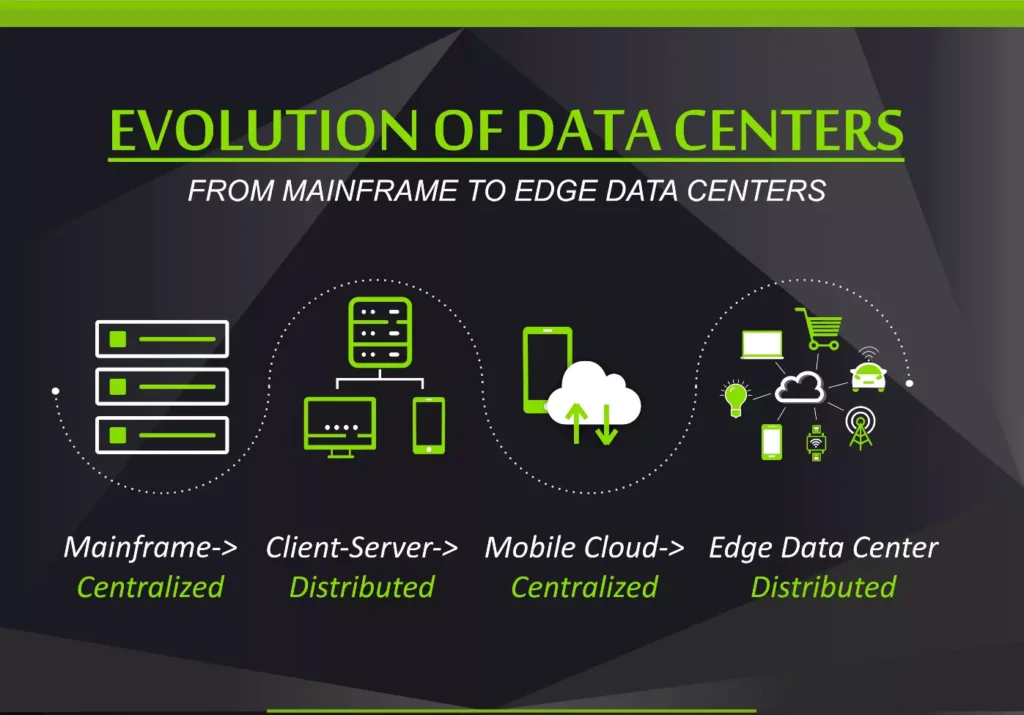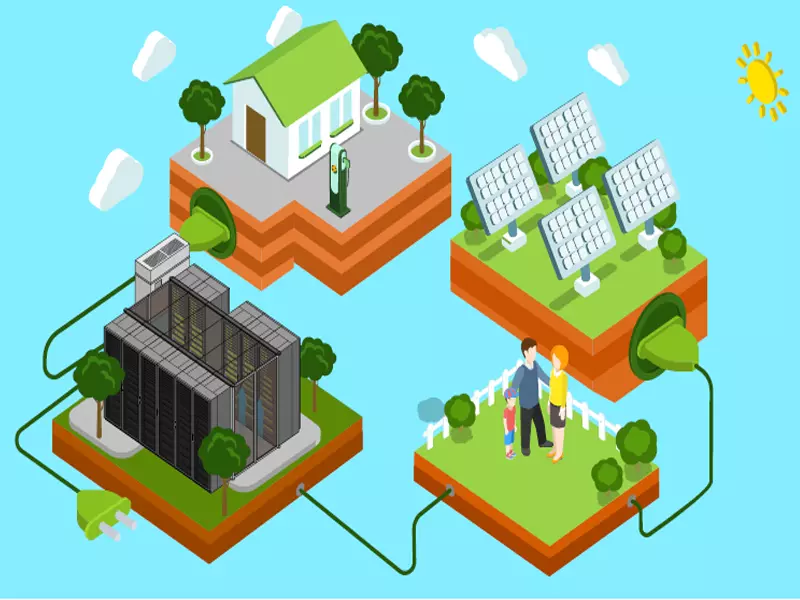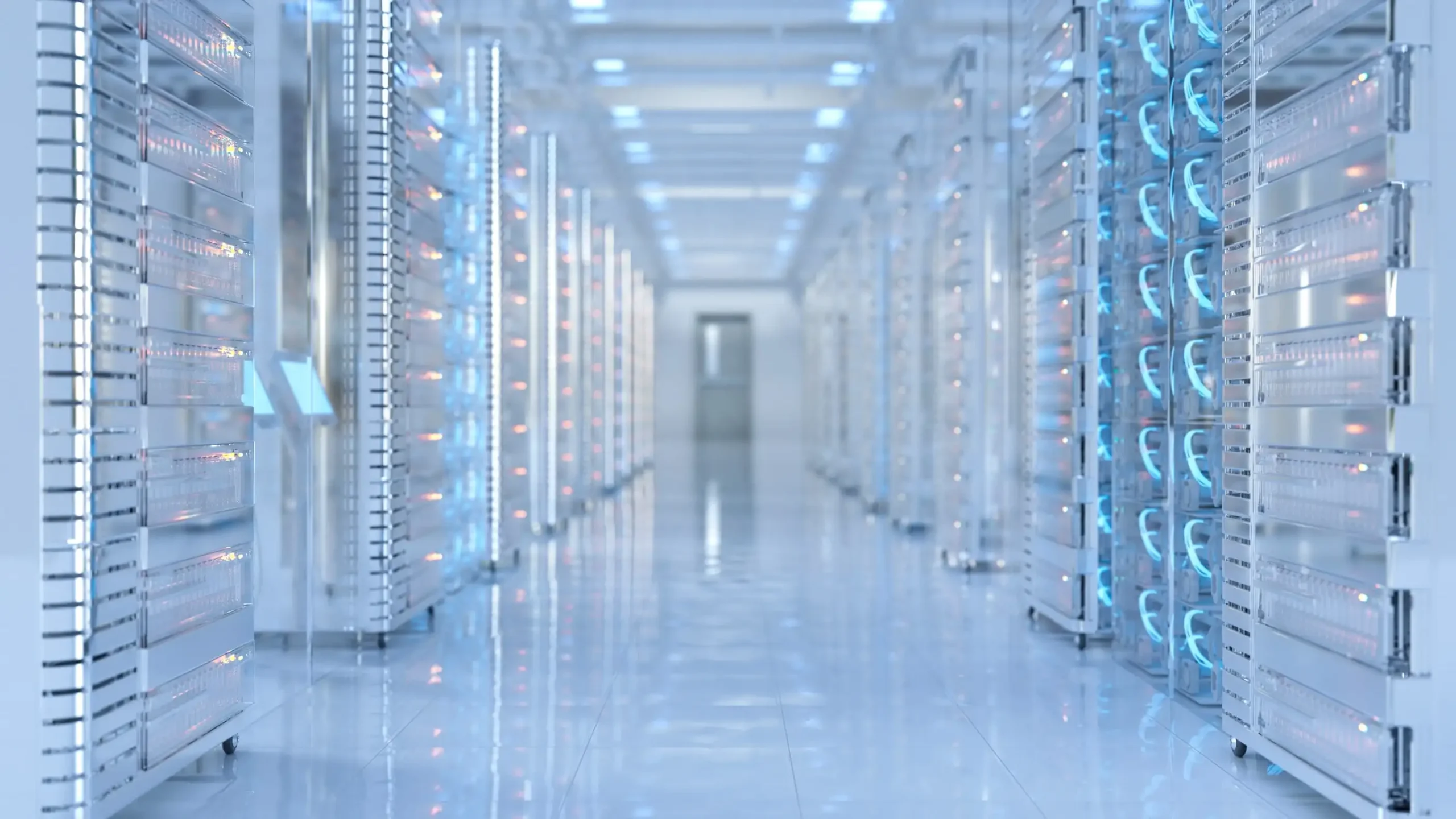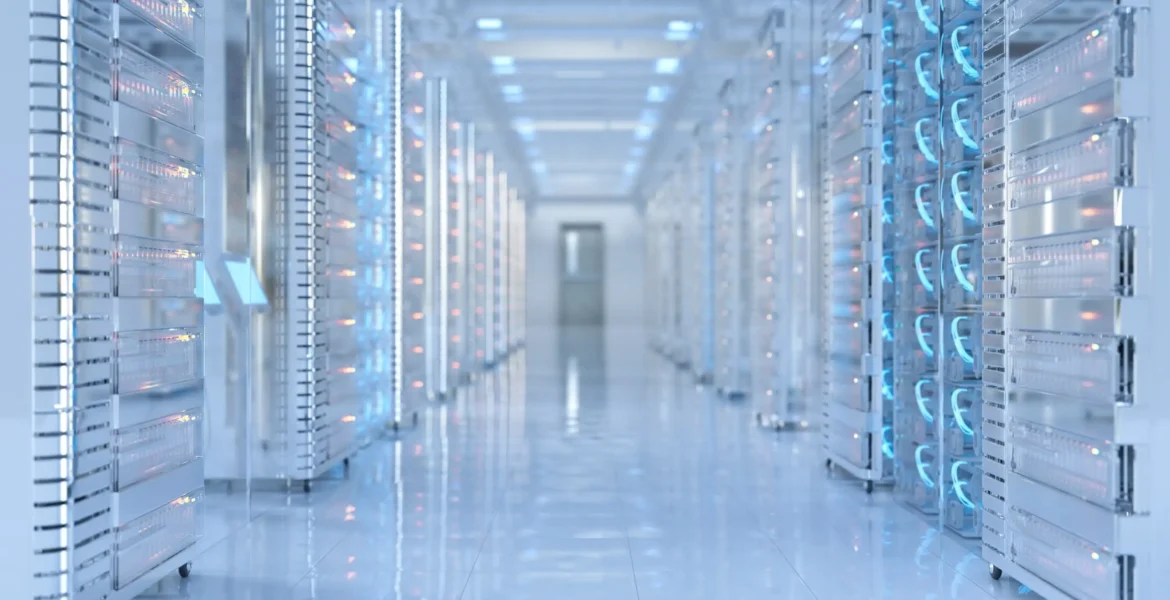Data has become the lifeblood of businesses and organizations worldwide. Every day, an astronomical amount of data is generated, processed, and stored, requiring efficient and scalable solutions to handle this data deluge. Enter the modern data center, the heart and soul of data management! Data centers have radically transformed design and architecture with the explosive growth of cloud computing, artificial intelligence, and the Internet of Things (IoT).
The Hyperscale Data Center Market is predicted to get bigger. It’s expected to go from $96.14 billion in 2023 to $124.40 billion by 2028, with an average yearly growth rate of 5.29% (2023-2028). In this article, we’ll embark on an exhilarating journey to explore the captivating world of modern data center design and architecture.
Contents
The Evolution of Data Center Design
Data centers have come a long way since they first started. Let’s look back and see how they have improved over the years.:
1. The Precursors – In the early days, data centers were nothing more than small rooms or closets housing a few computers. They were primarily used by governments, research institutions, and large corporations to store critical information.
2. The Rise of the Mega Data Center – Data centers transformed with the advent of the internet and the dot-com boom. The demand for large-scale storage and computing power surged, leading to the emergence of mega-data centers. These colossuses were spread across vast geographical areas and featured redundant systems to ensure high availability.
3. Virtualization and Efficiency – As virtualization technologies gained traction, data centers embraced them eagerly. Virtualization allowed for better resource utilization, increasing efficiency and cost savings. It also paved the way for cloud computing as we know it today.
4. Green Data Centers – Environmental concerns have driven the need for energy-efficient data centers in recent years. These green data centers leverage renewable energy sources, advanced cooling systems, and innovative designs to reduce their carbon footprint.

Figure 2: Data center evolution
Image source: prasa-pl.com
The Core Elements of Modern Data Center Design
1. Scalability – Expanding Horizons!
One of the most crucial aspects of modern data center design is scalability. The ability to scale resources up or down based on demand is paramount in today’s dynamic business landscape. To achieve this, data centers employ several strategies:
Modularity – Modern data centers are designed with a modular approach, allowing for the addition of components as needed. This plug-and-play style simplifies expansion and enables quick upgrades and maintenance.
Software-Defined Everything – The rise of Software-Defined Networking (SDN), Software-Defined Storage (SDS), and Software-Defined Data Centers (SDDC) has revolutionized scalability. These technologies enable data center administrators to manage resources through software, making it easier to allocate and adjust resources on the fly.
2. Redundancy – Fortifying Resilience!
In the world of data centers, downtime is the ultimate nemesis. To combat this formidable foe, modern data centers implement redundancy at multiple levels:
Power Redundancy – Dual power sources, backed by uninterruptible power supplies (UPS) and generators, ensure uninterrupted operation even during power outages.
Network Redundancy – Data centers deploy redundant network pathways and switches to prevent failures. This design allows for seamless failover and load balancing.
Data Redundancy – Data redundancy is achieved through mirroring and replicating multiple storage devices or data centers. This safeguard protects against data loss in the event of hardware failures.
3. Cooling – Taming the Heat Monster!
Data centers generate enormous heat due to the sheer number of servers and equipment running simultaneously. Efficient cooling systems are critical to maintaining optimal performance and preventing equipment from overheating. To address cooling challenges:
Hot Aisle/Cold Aisle Design – This design arranges server racks in alternating hot and cold aisles. Cold air is directed to the front of the servers, while hot air is expelled from the back, preventing hot air recirculation.
Liquid Cooling – Some modern data centers have adopted liquid cooling solutions to dissipate heat more efficiently. Liquid cooling can be direct-to-chip or immersion-based, offering significant cooling advantages.
Green data centers adopt innovative cooling techniques, such as hot aisle/cold aisle containment and liquid cooling, to efficiently dissipate heat and maintain optimal operating temperatures.
Innovations in Modern Data Center Architecture
Edge Data Centers – Bringing the Cloud Closer!
With the proliferation of IoT devices and real-time applications, the demand for low-latency processing has skyrocketed. Edge data centers have emerged as a response to this challenge, bringing computational power closer to the data source. These data centers are strategically located at the network’s edge, reducing latency and enhancing the user experience. Edge data centers are particularly useful for applications like autonomous vehicles, augmented reality, and smart cities.
Containerization – The Magic of Virtualization!
Containerization has taken the IT world by storm, and data centers are no exception. Containers encapsulate applications and their dependencies, making them portable across different environments. This flexibility enables data centers to scale and manage applications more efficiently. Technologies like Docker and Kubernetes have revolutionized how data centers handle application deployment and management.
Green Data Centers: Embracing Nature’s Wisdom!
A new type of data center has emerged – the green data center! These eco-friendly warriors are committed to maintaining a balance between magic and nature. They harness renewable energy sources, embrace solar panels, and use innovative cooling techniques to reduce their environmental impact. These data centers invest in energy-efficient hardware, including servers, storage devices, and networking equipment. With a deep connection to nature, green data centers promote sustainability and leave behind a trail of carbon-neutral practices.

Figure 4: Green data center
Image source: carrier.huawei.com
Conclusion
A look at modern data center design and architecture reveals a mesmerizing blend of cutting-edge technologies and ingenious strategies. Scalability, redundancy, and cooling solutions form the bedrock of data center design, ensuring these behemoths can handle the ever-increasing demand for data processing and storage.
With its extensive experience in data center design and architecture services, STL can provide businesses with cutting-edge solutions tailored to their unique needs. Their rich expertise ensures that businesses benefit from scalable, efficient, and resilient data centers that can handle the challenges of today’s data-driven landscape.
So, the next time you stream your favorite show, make an online purchase, or hail a rideshare, take a moment to appreciate the wonders of modern data centers working tirelessly behind the scenes to make it all possible.
Hyperscale data centers are mammoth facilities designed to support the needs of hyperscale computing. These data centers house many servers and storage systems, serving the demands of large cloud service providers and tech giants.
Data centers implement robust security measures, including access control systems, surveillance cameras, firewalls, and encryption protocols. Physical security measures protect data center facilities, such as biometric authentication and 24/7 security personnel.
Artificial intelligence plays a significant role in optimizing data center operations. AI-powered algorithms can predict system failures, optimize cooling efficiency, and automate routine tasks, leading to enhanced performance and reduced operational costs.
Redundancy ensures high availability and minimizes the risk of downtime. Data centers can maintain uninterrupted operations even during hardware failures or maintenance activities by having duplicate systems, power sources, and network pathways.
Edge data centers bring computation closer to the data source, reducing latency and enabling faster response times for IoT devices and real-time applications like autonomous vehicles and augmented reality.















